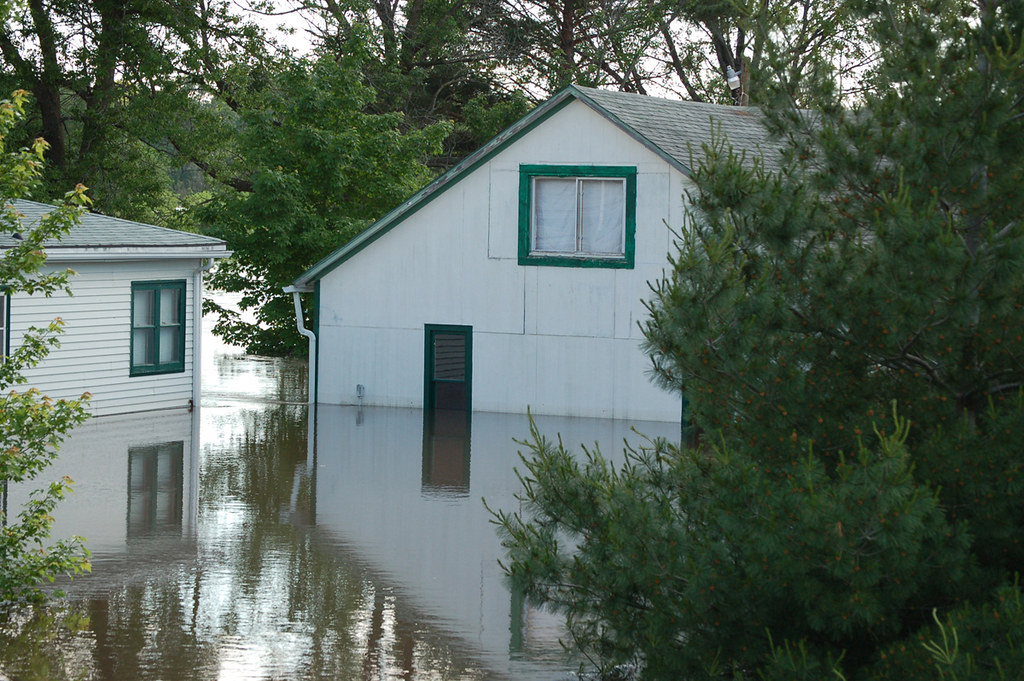How Professional Water Damage Mitigation Prevents Structural Decay in Residential Properties
September 15, 2025Professional water damage mitigation goes far beyond basic water removal to protect your home’s structural integrity through scientific moisture control and specialized treatments. You’ll see immediate benefits when certified technicians use thermal imaging, industrial dehumidifiers, and moisture meters to identify and address hidden water damage before it leads to warping, rot, or dangerous mold growth. By choosing professional mitigation services that follow IICRC protocols, you’re ensuring thorough protection against long-term structural decay while meeting insurance requirements and maintaining proper documentation of the process.

Understanding Water Damage Mitigation vs. Restoration
When your home suffers water damage, you’ll need to understand the critical difference between mitigation and restoration services. Professional water damage mitigation focuses on immediate emergency actions, including rapid water extraction, industrial-grade drying, and antimicrobial treatment to stop ongoing destruction. These urgent mitigation steps protect your home’s structural integrity and prevent costly issues like mold growth and wood rot before extensive restoration work can begin.
Mitigation involves immediate actions like water removal, drying, and disinfection to prevent further damage before full structural repairs begin
Water damage mitigation’s immediate response phase focuses on preventing escalating structural issues in your home. Professional water extraction teams deploy industrial-grade equipment to remove standing water and begin thorough drying. You’ll see technicians use thermal imaging to detect hidden moisture while running dehumidifiers and air movers. They’ll also apply antimicrobial treatments for structural decay prevention before restoration work can begin.
Critical Mitigation Steps to Prevent Structural Decay
When your home suffers water damage, professional mitigation teams follow essential steps to prevent permanent structural decay. You’ll see technicians use moisture meters and thermal cameras to identify all affected areas before extracting standing water with powerful vacuums and pumps. The team will then set up industrial dehumidifiers and apply antimicrobial treatments to protect your home’s drywall, framing, and subflooring from rot and mold growth.
Moisture detection, water extraction, drying, and antimicrobial treatment work together to protect drywall, framing, insulation, and subflooring
Professional moisture control techniques form the foundation of effective water damage mitigation. Certified technicians use moisture mapping services to identify affected areas, then employ industrial water extraction and dehumidification after flooding. This systematic approach prevents wood rot, protects building materials, and maintains structural integrity. Antimicrobial treatments further safeguard your home’s framework, while targeted drying preserves crucial building components.
How Early Intervention Stops Mold, Rot, and Warping
When you address water damage quickly through professional mitigation, you’ll prevent the perfect conditions that allow mold colonies to establish themselves within 24-48 hours. Your prompt action stops fungal rot from weakening structural wood components and breaking down essential building materials like drywall and insulation. You’ll also avoid the costly warping and deterioration that occurs when moisture lingers in your home’s construction materials for extended periods.
Quick drying prevents mold colonization and fungal rot, which can cause long-term damage to wood, drywall, and insulation
A home’s structural integrity depends heavily on preventing moisture from lingering after water damage occurs. Professional drywall water damage repair relies on rapid moisture detection using thermal imaging for moisture, followed by aggressive drying within 24-48 hours. You’ll need industrial dehumidifiers and air movers to achieve best mold prevention water damage protocols, stopping fungal colonization before it compromises your building materials.
The Role of Professional Equipment and Monitoring
Professional water damage mitigation isn’t possible without specialized equipment that lets technicians find and eliminate hidden moisture. You’ll see certified experts using thermal cameras to detect water behind walls, moisture meters to measure dampness levels in materials, and powerful air movers paired with industrial dehumidifiers to extract moisture from affected areas. These tools allow technicians to monitor drying progress and make sure your home’s structure is properly stabilized before any restoration work begins.
Certified technicians use moisture meters, thermal cameras, air movers, and dehumidifiers to ensure hidden areas are fully dried and stabilized
Modern moisture detection and drying equipment forms the backbone of effective water damage mitigation. You’ll find certified technicians using moisture meters to identify saturation levels in walls and floors, while thermal cameras reveal hidden water pockets behind surfaces. Strategic placement of air movers and dehumidifiers then creates ideal airflow patterns, ensuring thorough drying of all affected areas to prevent future structural issues.
Why Homeowners Should Prioritize Certified Water Mitigation Services
When you’re dealing with water damage, hiring IICRC-certified mitigation professionals guarantees your property receives treatment that meets rigorous industry standards. You’ll receive detailed documentation of all procedures and findings, which proves invaluable when filing insurance claims and verifying the completeness of restoration work. Your investment in certified water mitigation services safeguards against future structural problems by ensuring that every aspect of water removal, drying, and antimicrobial treatment follows proven protocols.
IICRC-certified teams ensure standards compliance, detailed documentation for insurance, and complete prevention of future structural issues.
Qualified water damage specialists bring essential expertise and accountability to every residential mitigation project. When you work with IICRC-certified mitigation teams, you’ll receive detailed documentation required for insurance water damage claims, plus systematic moisture detection that prevents foundation water damage. Their standardized protocols guarantee complete structural drying, antimicrobial application, and air quality testing – safeguarding your home’s long-term integrity and value.
